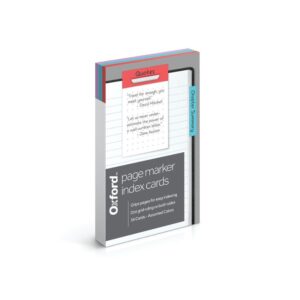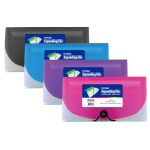If you work in business, you’ve probably heard the phrase “Net 30” while talking about payment conditions. It is a crucial idea in the field of finance and is frequently used to transactions and invoices. We’ll go into the Net 30 world in this post, discussing what it is, how it functions, and why organizations utilize it.
What Does Net 30 Mean in Payment Terms?
In business transactions, the term “net 30” is frequently used. It indicates the number of days a customer has to pay their invoice following the delivery of goods or services. When a payment is due, the buyer has 30 days starting from the date of the invoice (Net 30).
What Is a Net 30 Customer?
When making a transaction, a customer accepts the terms of Net 30 and is referred to as a Net 30 customer. This implies that they agree to pay the invoice in full within 30 days of getting the goods or services. Customers who are dependable and well-established are frequently given Net 30 periods.
What Is Net 30 Payment Terms Invoice Example?
Let’s examine an invoice example to better grasp Net 30. Let’s say that on July 1st, you offer consultancy services to a client. You send them a bill with a net 30 payment schedule. The payment must now be made by the client by July 31.
Is Net 30 a Credit Card?
Not being a credit card, Net 30. Credit cards are financial instruments used for borrowing money and making payments; it is a payment word. Net 30 establishes a deadline for payment but excludes the use of a credit card business.
Is Net 30 Business Days Only?
Terms like “Net 30” usually refer to calendar days rather than business days. The customer gets 30 days to make the payment, including weekends and holidays. However, if they have special criteria, some businesses might use Net 30 business days.
Why Do People Use Net 30?
Businesses use Net 30 for several reasons:
- Cash Flow Management: By allowing clients a reasonable amount of time to pay, Net 30 enables firms to manage their cash flow successfully.
- Customer Relationships: By providing flexible payment periods, it can improve customer connections.
- Attracting Clients: Net 30 terms may draw new customers who choose lengthy payment terms.
How Do You Offer Net 30 Terms to Customers?
To offer Net 30 terms to customers, follow these steps:
Set Clear Terms: The Net 30 terms are expressly stated on your bills and agreements.
Credit Check: Check potential consumers’ credit to determine whether they will be able to pay within the allotted time.
Establish a Relationship: Customers who are well-known and dependable are frequently given Net 30 periods.
Invoice Promptly: Quickly send invoices to begin the 30-day countdown.
How Do You Put Net 30 in a Contract?
It’s crucial to spell out all the specifics in a contract if you wish to add Net 30 conditions. Here is a simple model:
The customer commits to pay all invoices within 30 days of the invoice date. Invoices will be issued with Net 30 terms of payment.
How Do Net 30 Accounts Work?
Net 30 accounts work by providing a set period for customers to pay their invoices. Here’s a step-by-step look at how they function:
Service/Product Delivery: The buyer receives products or services from the seller.
Invoice Issuance: Buyer receives an invoice with Net 30 terms.
Payment Period: Payment must be made within 30 days by the buyer.
Late Payments: There may be late fines or interest charges if the payment is not made within 30 days.
Record Keeping: For their financial records, both parties maintain records of the transaction.
Customers have 30 days to settle their invoices under the widely accepted payment term known as “Net 30” in commerce. It’s a helpful tool for managing cash flow, cultivating client connections, and drawing in customers. You may improve your financial management and client interactions by comprehending Net 30 and how to apply it to your business activities.
Visit our website to find out more about Net 30 and how it can help your company. To assist you in maximizing the use of this payment term in your operations, we provide insightful analysis and practical solutions.









